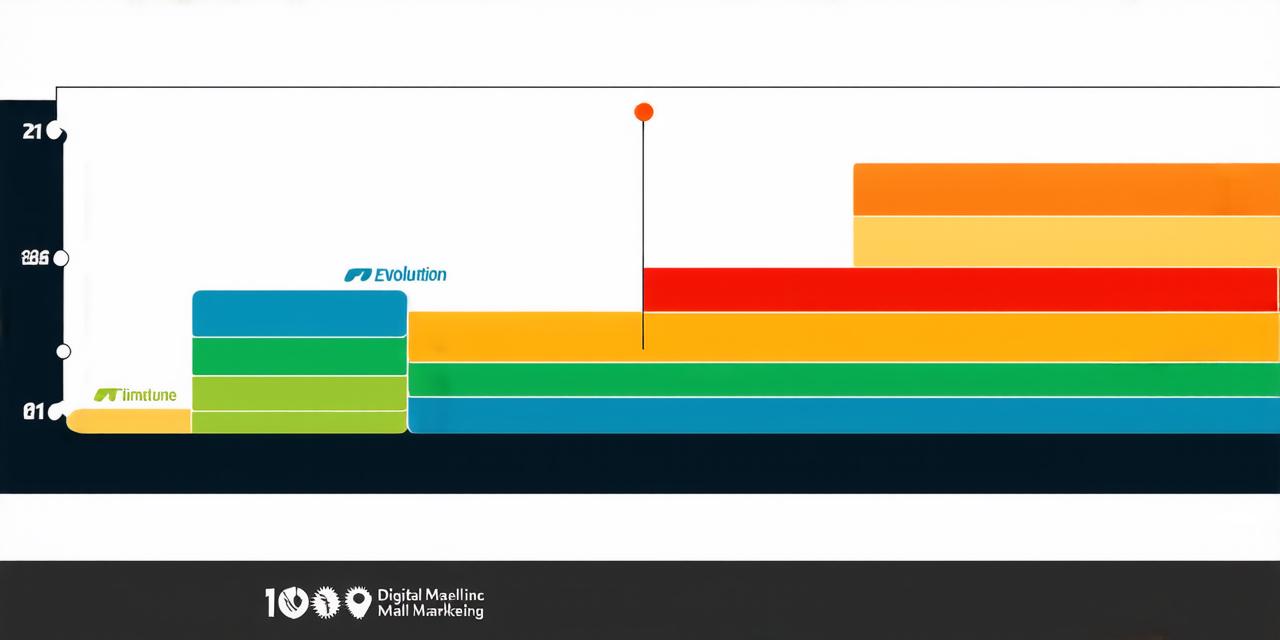The Early Years (1990s-2000s)
Digital marketing was born in the 1990s with the advent of the internet. At first, it was a basic means of reaching customers through online advertising. Websites were the main focus, and search engines like Google and Yahoo were just starting to gain popularity. Email marketing was also becoming popular as businesses looked for ways to reach their customers directly.
The Rise of Social Media (2010s-Present)
The 2010s saw the rise of social media, with platforms like Facebook, Twitter, and Instagram becoming household names. Businesses began to take advantage of social media, using it for advertising, customer service, and engagement. Influencer marketing also gained popularity as businesses looked for ways to reach new audiences through social media influencers.
The Emergence of Video Marketing (2010s-Present)
Video marketing has become increasingly popular in recent years, with platforms like YouTube and TikTok gaining massive amounts of users. Businesses have begun to use video marketing for advertising, product demos, and behind-the-scenes content. Video marketing is particularly effective as it captures the attention of viewers and can convey information quickly.
The Rise of Artificial Intelligence (2010s-Present)
Artificial intelligence (AI) has been a game-changer in digital marketing. AI-powered chatbots have become popular, allowing businesses to provide customer service 24/7. AI also powers personalization, which allows businesses to target specific customers with tailored content and offers. The use of AI in digital marketing is expected to continue growing as technology advances.
The Future of Digital Marketing (2020s-Present)
As the world becomes increasingly digital, it’s clear that digital marketing will continue to evolve. Virtual reality (VR) and augmented reality (AR) are expected to become more prevalent in digital marketing, allowing businesses to create immersive experiences for their customers. Voice search optimization is also becoming important as more people use voice assistants like Siri and Alexa to search the internet.
The Importance of Measuring Results

Measuring results is crucial in digital marketing. With so many different tactics and channels, it’s important to know what’s working and what’s not. Google Analytics is a popular tool for measuring results, providing insights into website traffic, user behavior, and more. A/B testing is also important, allowing businesses to test different versions of their marketing campaigns to see which one performs better.
Case Study: HubSpot
HubSpot is a company that provides inbound marketing software. They have been successful in the digital marketing space by providing businesses with tools to help them attract and convert leads. HubSpot’s content marketing strategy has been particularly effective, with their blog being one of the most popular in the industry. Their use of SEO, social media, and video marketing has also helped them grow their business.
Expert Opinion: Neil Patel
Neil Patel is a digital marketing expert and founder of Neil Patel Digital. He has been in the industry for over 10 years and has seen firsthand how digital marketing has evolved. According to Patel, “The future of digital marketing is all about creating personalized experiences for customers. AI and VR/AR technologies will play a big role in this.”



